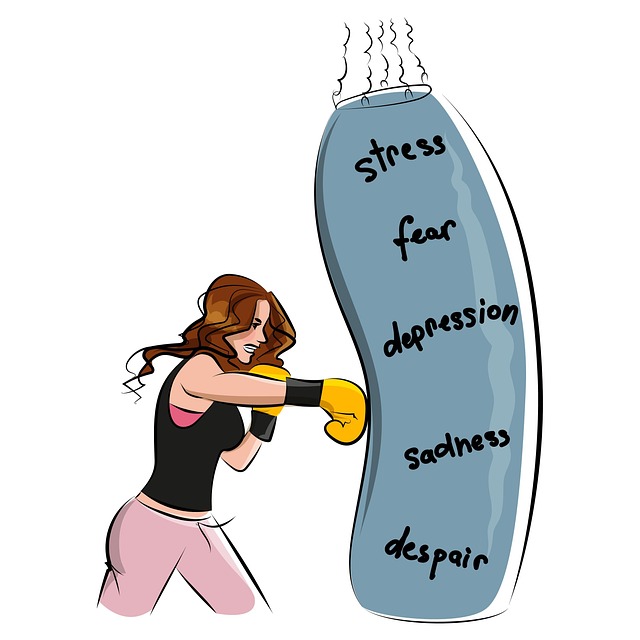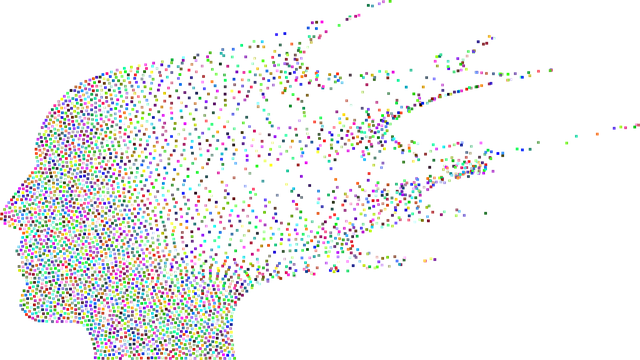Understanding your target audience is vital for crafting an effective marketing strategy for a mental wellness app, especially one offering Superior Mental Health Evaluations Therapy. Through demographic, psychographic, and behavioral research, developers can identify users' needs (like stress management, anxiety, and depression) and tailor messaging accordingly. By emphasizing self-care routines, mood management, and mental health policy advocacy, apps attract users seeking both personal and systemic solutions. Advanced analytics help market these apps to relevant audiences, ensuring content resonates with individual needs and societal factors contributing to mental wellness.
In today’s digital age, mental wellness apps are transforming the way individuals access support. To thrive in this competitive landscape, a robust marketing strategy is imperative. This article guides you through developing an effective plan, focusing on understanding your target audience’s unique needs and pain points, crafting a compelling value proposition with superior Mental Health Evaluations and Therapy, and utilizing strategic marketing channels to reach and engage ideal users.
- Understanding Your Target Audience: Defining Needs and Pain Points
- – Market research: identifying target demographics for mental health apps
- – Analyzing user behaviors and preferences in the mental wellness space
Understanding Your Target Audience: Defining Needs and Pain Points

Understanding your target audience is a cornerstone when developing a marketing strategy for a mental wellness app. To effectively reach users seeking superior mental health evaluations and therapy, it’s crucial to define their needs and pain points. This involves researching demographics, psychographics, and behaviors of potential users. By identifying common mental health challenges—such as stress management, anxiety, or depression—you can tailor your messaging to resonate with those specifically looking for solutions in these areas.
Self-care routine development for better mental health is a growing interest among many, so emphasizing the app’s role in fostering healthy habits and mood management can be compelling. In addition, analyzing the broader mental health policy landscape and advocating for relevant causes can also attract users who are conscious of systemic issues impacting access to care. These insights will guide your content creation, ensuring you address both individual needs and societal factors contributing to mental wellness.
– Market research: identifying target demographics for mental health apps

Understanding your target audience is a cornerstone of any successful marketing strategy, and mental wellness apps are no exception. Market research plays a pivotal role in identifying specific demographics within the broader mental health landscape who could most benefit from app-based solutions. By employing advanced analytics and consumer insights, developers can pinpoint individuals struggling with anxiety, depression, or stress management—key areas where digital interventions can be transformative.
For instance, focusing on young adults aged 18-35, many of whom juggle demanding careers and personal lives, could highlight the app’s potential for promoting emotional regulation and adopting mind over matter principles. Similarly, targeting individuals seeking mood management tools demonstrates a direct link to the app’s capabilities in addressing common mental health challenges. This strategic approach ensures marketing efforts resonate with users most likely to engage and derive value from Superior Mental Health Evaluations Therapy apps.
– Analyzing user behaviors and preferences in the mental wellness space

Understanding user behaviors is pivotal when crafting a marketing strategy for mental wellness apps. By analyzing how individuals interact with and engage in various mental health resources, app developers can gain valuable insights to improve their offerings. This involves studying user preferences for specific therapy types, tracking completion rates of tasks or exercises like mental wellness journaling, and identifying key triggers that encourage consistent use. For instance, many users seek Superior Mental Health Evaluations as a starting point, highlighting the demand for comprehensive assessments.
Furthermore, exploring trends in search queries and feedback can reveal valuable information about users’ needs and challenges, such as an increased interest in Inner Strength Development. Incorporating these insights into marketing campaigns allows for personalized messaging that resonates with the target audience. Whether through targeted ads or content tailored to specific user behaviors, this data-driven approach ensures that app promotions align with the unique mental wellness journeys of individuals seeking support.
In developing a marketing strategy for a mental wellness app, understanding your target audience is paramount. Through market research, identify key demographics seeking superior mental health evaluations and therapy. Analyze user behaviors, preferences, and pain points in this space to tailor messaging that resonates deeply with users’ needs. By combining insights from both dimensions, you can craft compelling campaigns that attract, engage, and retain users, ultimately driving the success of your app in the competitive mental wellness market.














